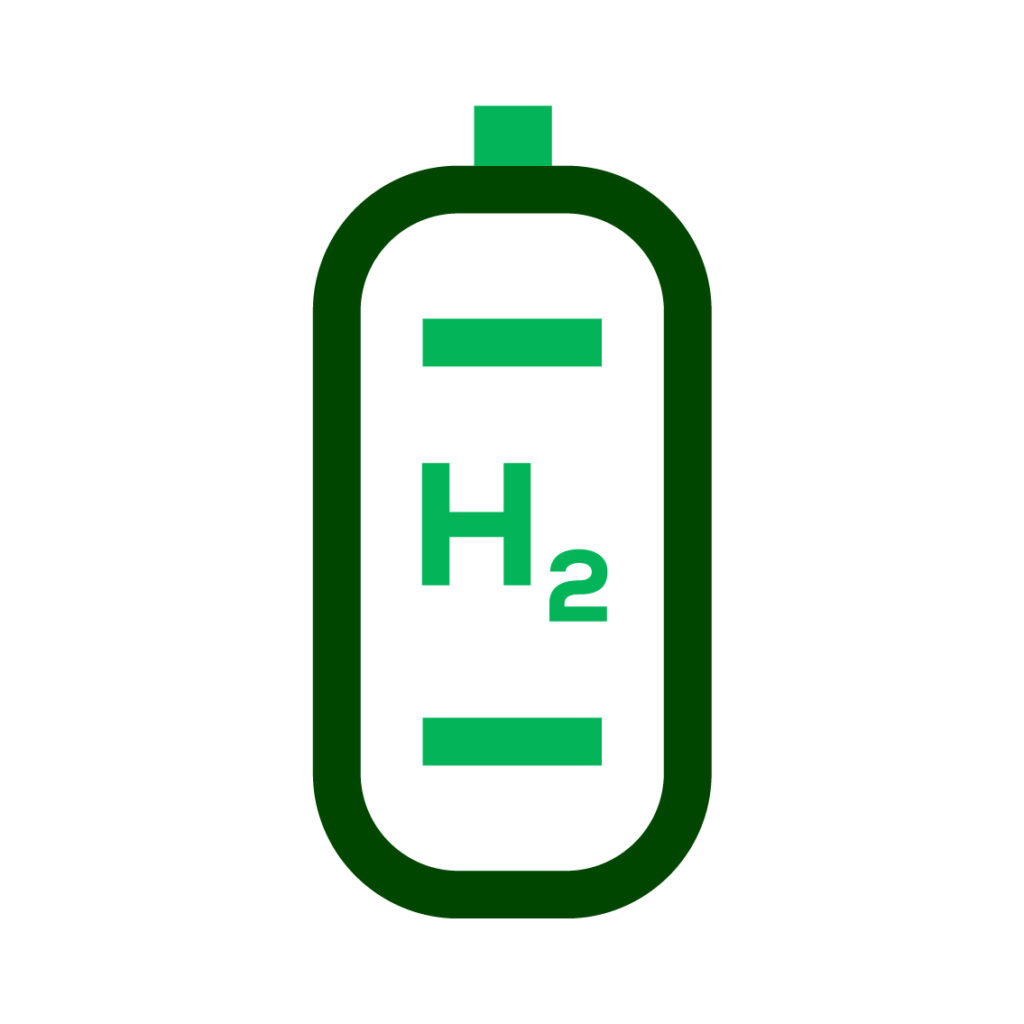Star Rating
This is the highest and simplest level at which cars can be compared. It is a single, overall rating that summarises a vehicle’s performance in Clean Air, Energy Efficiency and Greenhouse Gas emissions. The same star rating scheme is applied to vehicles of all types of powertrains. The higher the star rating, the better the car has performed. The star rating indicates the average performance across all three areas of assessment. The star rating for plug-in hybrid electric vehicles (PHEVs) takes account of the pollutant emissions, energy efficiency and greenhouse gases in two modes of driving: primarily using the combustion engine (so-called ‘charge sustaining’ mode) and when the battery is fully charged and delivers driving power (called ‘charge-depleting’ mode). These modes are combined in a way that accounts for how the car is expected to be used in practice, based on the electric range it offers: the higher the electric range, the smaller the proportion of time it will use its combustion engine and the greater the environmental benefit.
Currently, all three indexes are rated equally, signifying equal importance to health, which is affected by pollutant emissions; consumer spending, influenced by a vehicle’s energy efficiency; and the Earth’s climate, which is affected by greenhouse gases. Poor performance in one part of the assessment will lower the average and result in a lower star rating. Conversely, a car with a high rating will be clean, cheaper to run and contribute less to the greenhouse effect in comparison to similar sized car with a lower rating.
The three indexes are averaged and the rating is based on this calculation, with thresholds defining the requirements for different numbers of stars. The average index is also presented as a percentage and this ‘Average Score’ allows for greater discrimination between cars with equal star ratings.
As of 2022, Green NCAP tests vehicles following a two-stage test approach. Cars, which have performed well in the standard tests of the first stage, qualify for additional robustness testing in the second stage. This testing philosophy allows higher scoring vehicles to prove the stability of their performance under more difficult conditions and benefits models with a good and balanced overall -performance.

Cars with a high star rating have performed well in all three assessment areas for Clean Air, Energy Efficiency and Greenhouse Gases.
Green NCAP’s test procedures are constantly evolving so a car rated in one year may have been tested and scored differently to one in another year. The baseline tests remain similar but, as new technologies emerge and in order to continue to challenge the car manufacturers, additional tests may be added or the thresholds for star ratings made tougher. For this reason, the ratings are marked with the year they were issued. For the same star rating, the newer it is the better. For example, a car with a 2022 five-star rating is better than one with a 2020 five-star rating. Care should be taken to ensure that star ratings can be compared across years – check the ‘about the 2022’ rating to see if and how tests have changed significantly between years. As new assessment aspects may be added, ratings from different years are not always directly comparable.
Small differences in engine tuning can have a significant influence on the environmental performance. So, for example, a vehicle may perform very differently in our tests to one with a higher or lower power/torque, even if the main engine block and components are the same. Legislation, which ensures only a minimum level of performance, applies the concept of ‘families’ where the result of the representative vehicle ensures compliance of other, similar propulsion types. However, for consumer information, where specific information is needed, this concept cannot be applied. For this reason, the star rating applies only to the specific vehicle/variant tested.









































































































































































